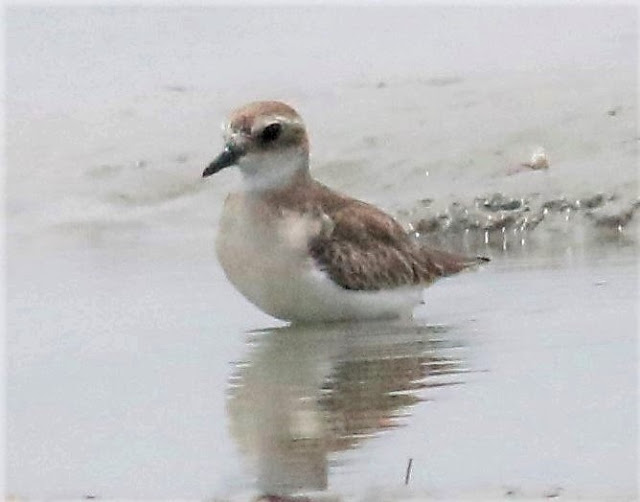From Vincent Van Gough to the modern day "Ah Pek" like me, humans have been fascinated with the beauty of nature that unfold right in front of their eyes. Whether it's on canvas or in digital pixels, we immortalised those moments and derive immense satisfaction from watching them again and again. I had those moments recently when a juvenile White-bellied Sea Eagle decided to have a little fun chasing a juvenile Brahminy Kite.
First, the immense size of a juvenile White-bellied Sea Eagle as compared to a juvenile Brahminy Kite is clearly visible here. It dwarfs over many times the size of the juvenile Brahminy Kite, especially the length of its wings.
Second, the vivid colors and the uniformity of plumage of the juvenile White-bellied Sea Eagle truly depict the beauty of a raptor, in this case a juvenile raptor.
Third, the endoskeleton on the right wing of the juvenile White-bellied Sea Eagle can almost be seen here, holding steadily the majestic wings of the raptor.
Fourth, usually photos of a wildlife in action does not always happened as you wished. It's spontaneous. You will need to be at the right place and at the the right time to capture those moments. Could this be a million dollar Nat. Geo shot ? Nah ! probably not quite yet.
The photo below is equally fascinating, showing the continuation of the pursuit between a juvenile White-bellied Sea Eagle and a juvenile Brahminy Kite from above. The tail of the juvenile White-bellied Sea Eagle is like an exotic hand fan opening with tiny feathers-like petals emerging at its base. Although the upper plumage of the raptors may not be as spectacular as their underwings but nature has its reasons for such arrangements.
An art is just not what you see. It reflects your inner soul and is something that makes you dance with a different kind of happiness.













































